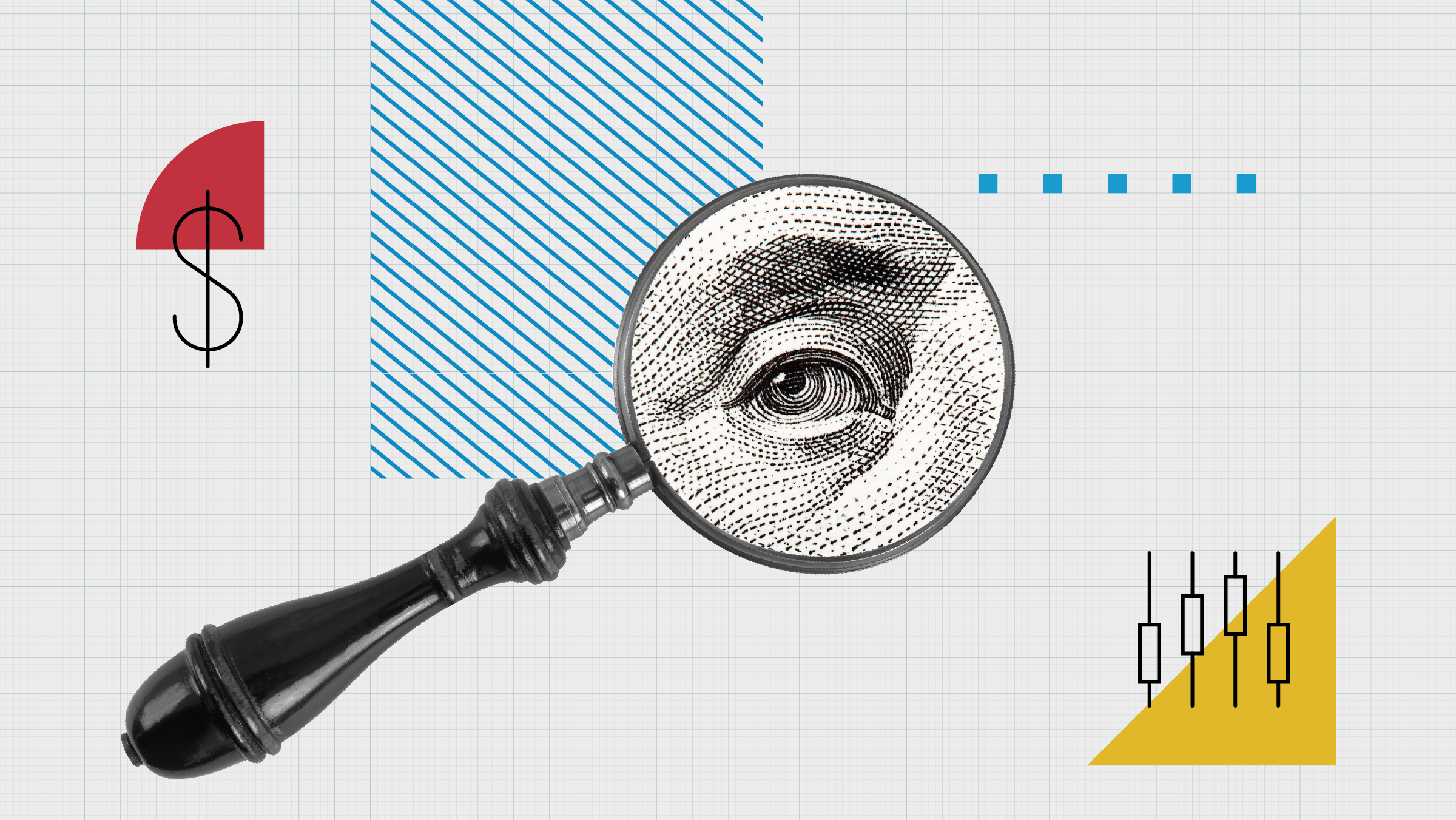Successive bouts of volatility and roller-coaster equity and bond markets proved too much to stomach for many European fund investors in 2016, as witnessed by suppressed inflows into long-term funds. Based on Morningstar estimates, long-term open-end funds posted net inflows of EUR 75.1 billion last year, a far cry from levels seen in 2015 and 2014 when long-term funds enjoyed net new money of EUR 302 billion and EUR 411 billion, respectively.
The main culprits for the slowdown were open-end equity funds, which shed EUR 76.1 billion during the year–their worst showing in any calendar year since 2008. Inflows into allocation and alternative funds remained comfortably in positive territory but were at a multiyear low, with relatively modest net inflows of EUR 30.6 billion and 38.7 billion, respectively.
Bond funds were the only product group that held its own in 2016, garnering inflows of EUR 80.1 billion. This can be explained by investors’ willingness to chase yields in a market heavily influenced by the European Central Bank, which continued to implement its bond-buying program initiated in the first quarter of 2015. The trend of ever-lowering rates was halted in October, however, as bond yields began to rise. It remains to be seen whether the upward movement continues in 2017.
There were several events and trends that wore down investors’ appetite to commit fresh money to European mutual funds, starting with worries early in the year about global economic growth. The gloomy mood proliferated quickly across markets and prompted a switch into risk-off mode. Investors redeemed their shares in equity funds heavily, and assets moved into safe-haven investments such as German and Swiss bunds; this demand sent bond yields spiraling into negative territory for large slivers of those markets. Yields headed lower in the better part of the first nine months of the year whilst stock markets ticked nervously upward; the United Kingdom’s Brexit vote added a volatility spike in the end of June. Interestingly, the November equity rally prompted by the election of Donald Trump as US president in November sent equity markets higher but failed to generate an enthusiastic turnout among European open-end fund investors. Flows into equity funds picked up only modestly while several bond Morningstar Categories sold off in the last two months of the year. These abrupt, intrayear changes in sentiment arguably dampened investors appetite for risk.
This risk-off mode is also highlighted by the high inflows into money market funds, which offer safety but no return in times of zero interest rates across Europe. These short-term vehicles took in EUR 111.7 billion, the highest level seen in any calendar year since Morningstar started collecting asset flows data in Europe in 2007.
Nevertheless, 2016 will not go down in the history books as an annus horribilis of the European fund industry. While inflows were modest, assets under management of long-term open-end funds rose to a new all-time high of EUR 6.81 trillion, an increase of 5% over the previous year. This also holds true for equity funds, which witnessed a modest increase in assets. The heavy redemptions should not be equated with a fallout from a full-blown financial crisis like the ones witnessed in 2008 or the Greek debt crisis of 2011, which saw asset values drop significantly.




















